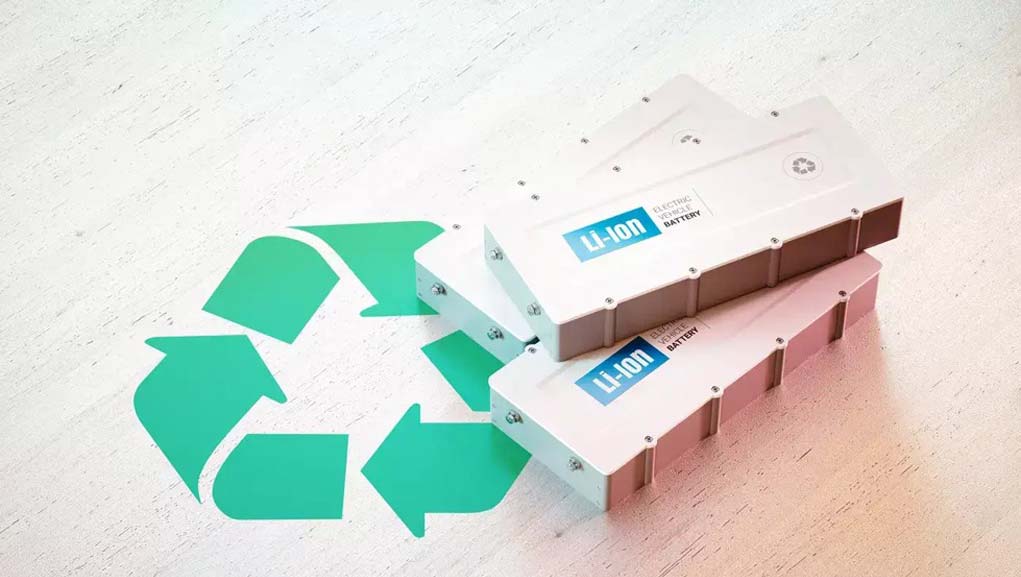Building robust ecosystems for battery reuse, repurposing, and recycling can transform end-of-life batteries from an environmental liability into an economic asset.
India’s Electric Vehicle (EV) market has entered the fast lane, with a 20 per cent increase in sales in the past year. Projected to reach $113.99 billion by 2029, India’s EV market is poised to lead the global EV revolution, with nearly 2 million EVs sold across the country in 2024.
India’s Electric Vehicle (EV) market has entered the fast lane, with a 20 per cent increase in sales in the past year. Projected to reach $113.99 billion by 2029, India’s EV market is poised to lead the global EV revolution, with nearly 2 million EVs sold across the country in 2024.
This surge can be attributed to multiple factors, including robust government support through incentives and subsidies, better EV infrastructure, and a growing market for cleaner, sustainable mobility solutions. Purchasing an EV offers numerous advantages, like lower running costs, relatively easier maintenance, potential tax benefits, and reduced emissions and pollution. However, have you ever wondered about the heart, i.e., the battery of an EV?

